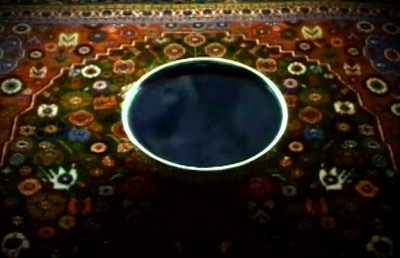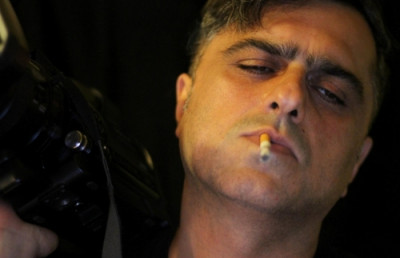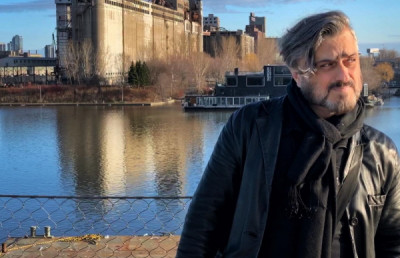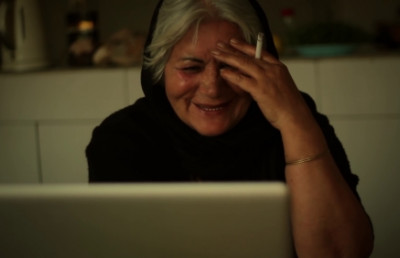Five conditions for experiencing poetry: on Shahin Parhami’s Every Angel is Terrifying
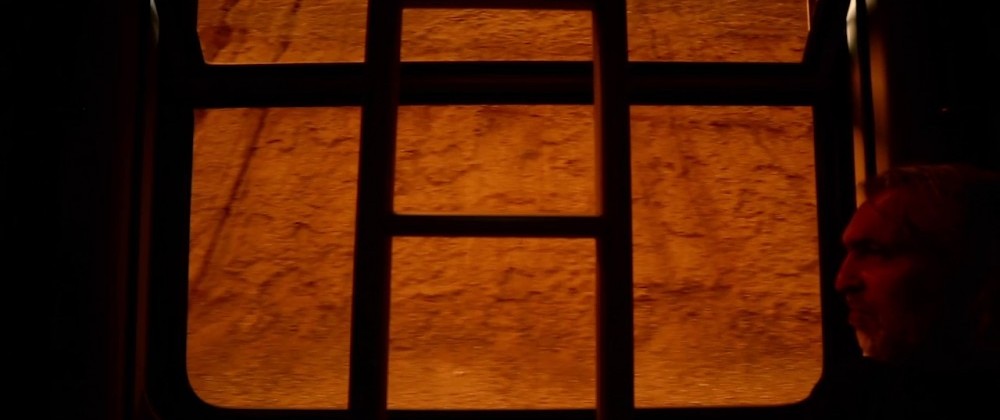
Every Angel is Terrifying is a new film by Montreal based Iranian filmmaker Shahin Parhami. The latest chapter in Parhami’s exploration of artistic creation, the film offers a unique vantage point to reflect on the relationship between poetry and images, posing five conditions as necessary for experiencing lyrical poetry in contemporary Iran.
1. Poetry as a plane of deterritorialization
Iranians, so the story goes, have a special relationship with poetry because of their centuries-old rich poetic tradition and its continuing relevance in everyday life. Rehearsing these stereotypes, journalists use poetry to explain Iran while scholars detect its national soul in Persian verses. In contrast to these views, Parhami’s film redraws the geography of poetry to constitute a plane for existential reflection.
The title Every Angel is Terrifying is a line from the Duino Elegies, the famous cycle of lyrical poems written in German by Rainer Maria Rilke in 1922. The film stages Persian translations of Rilke’s Elegies and Sonnets to Orpheus interspersing them with scenes from a day in the life of their translator and poet Hossein Mehdizadeh. One of the most read European poets of the early twentieth century, Rilke put into images the existential questions of his epoch. Marked by Nietzsche’s nihilism, but with more pathos than critique, Rilke endows poetry with the task of making sense of human existence, while coming to terms with the failure of language to do so. This is the terrifying anguish anyone feels when encountering an angel, a vision too powerful to withstand. Only poetry, even when failing, can account for these encounters through figuration.
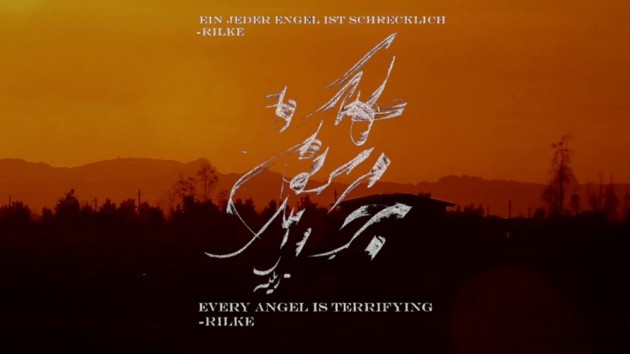
Multiple trajectories link Rilke’s poetry to Iran. Perhaps himself inspired by Islam, Rilke in turn inspired European studies of Islamic traditions of knowledge, most notably the works of French orientalist Henry Corbin who wrote on Islamic philosophy’s approach to the imagination as an organ of perception, and on angels as necessary intermediaries in this modality of figural knowledge that combines affective and rational apprehension. In the opposite direction, Sadegh Hedayat, Ahmad Shamloo and other Iranian writers and poets of the xx century read Rilke and found in his interrogations that same sense of existential and aesthetic loss they felt about life, nature and God. Today, a century later, Parhami’s film shows how these trajectories are inextricably intertwined, making irrelevant any national localization of poetry or juxtaposition of East and West. The film takes up Rilke’s interrogations and assembles diverse places and languages into a specific approach to the experience of poetry for Iran, a sort of Iranian cosmopolitanism as Milad Odabaei would call it.
2. Poetry as a transformation of light
In De Rhythm et de Raison, Justine Landau argues that Islamic philosophy endowed the organ of imagination with the capacity to affect transformations in people’s moods and actions. As she explains, in the Persian poetic tradition, poetry is conceived as the art of arranging imaginary propositions, and hence the practice through which images are made concrete and, if properly assembled, become effective. The power of poetry lies in its capacity to move people by engendering joy, sadness or anger via the images that it summons.
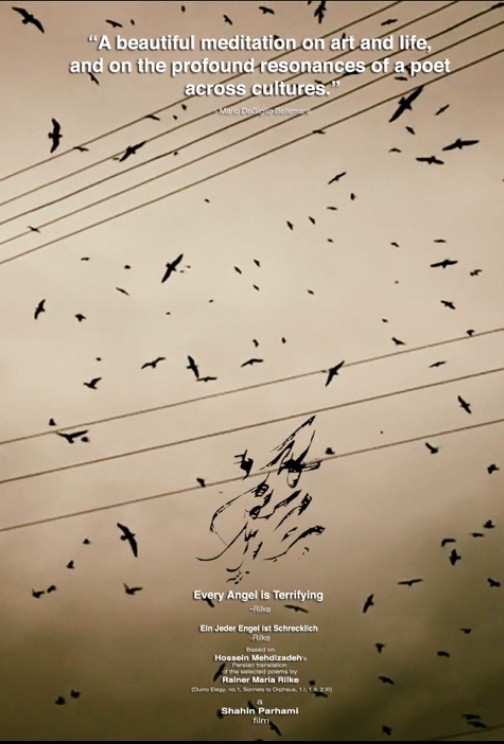
Since in film it is light that constitutes images, one should first of all understand this poetic power of affection in relation to the color schemes of the sequences. The film opens with the landscape of a dog on a country road, grey sky, warm blurry browns and yellows. The dog wanders hesitatingly, looking out of the frame. The camera follows the dog’s stare and zooms on a barren tree, a reference to Rilke’s lines, before returning to the dog, now looking intensely in front. The images turn black and white and the stare of the dog meets the face of the poet sleeping, then opening his eyes to an apartment window overlooking the city at dawn: a landscape of high-rises under a foggy sky with mountains in the background. The Iranian metropole wakes up and, to borrow from Pasolini, the “cinema of poetry” of the film is immediately evident in the free indirect subjective of the montage.
The alternation of color and B/W sequences recurs along the entire film, setting up a distinction between visions of the elsewhere and mundane reality. B/W sequences follow the poet meeting a student, teaching a course, recording a poem, and finally returning home at night —traffic, cellphones, background noises and other props accentuating the quotidian prose of the settings. Color sequences assemble images of forests, rivers, seashores and ruins, accompanied by a dramatic soundtrack and the poet’s voice-over reciting his translations of Rilke. At times the poet himself appears on one side of the frame or behind a train window, emphasizing the parallel between the recited verses and the images, while stating the irremediable distance between human language and the immediacy of perception.
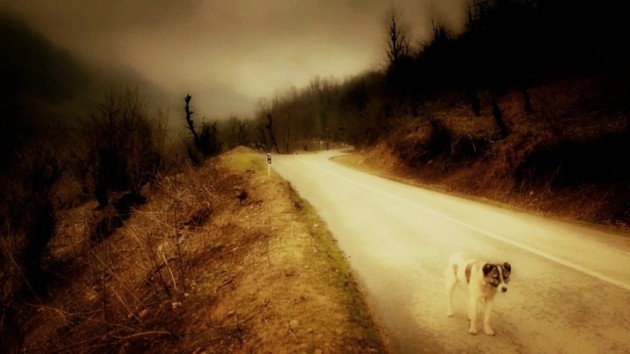
However, as the film progresses, this opposition between the ungraspable elsewhere and the mundane everyday converges in the final sequence in a third, colder, color palette of greens and reds. Both trivially concrete and sublimely abstract, this third perspective on light affects an existential transformation. Returning at night to the same apartment window shown at the beginning of the film, the camera frames two burning red candles while the voice of the poet dialogues in hushed, intimate and sometimes joking tones with a shadow figure (an angel?). Suddenly the somber melancholic mood of the film is lifted, and an unforeseen levity brings forth the experience of poetry finally fulfilled.
3. Poetry as dispositive
Classical Persian treaties on poetry attribute the formation of the poet half to technical skill and half to inspiration, seen as a movement from the outside to the inside. The balanced combination of skill and inspiration makes the dispositif of poetry effective, altering the mood of listeners.
Every Angel is Terrifying is a portrait of the poet as sentient subject. In the opening B/W scene, in a corner of the window, one sees a reflection of a YouTube video of American countercultural icon Dennis Hopper reading in English translation the letters Rilke wrote to an aspiring young poet. Rilke advises the young poet to seek within himself and ask: “must I write?”. If the answer is yes, the aspiring young poet should devote himself entirely to this writing urge, dying for it if necessary. European romantic heroism meets American individualized self-creation, refracted in a Tehrani frame, to present poetry as an urge of the “I.” Far from the balanced combination of inspiration and skill, Rilke’s view of creativity internalizes inspiration and abandons conventional skills of meter and rhyme in favor of a search for the rhythms of one’s own urge.
In the film, the power of poetry becomes an interrogation on its limits. The two components of poetry’s dispositif confront each other in an unresolved binary. The “I” is the site of the anguished quest to express oneself, while skills are delegated to image and sound technologies as disembodied means of communication. The poet responds to Rilke/Hopper’s calling, asserting his poetic urge with deeply toned recitations and displays of pathos in postures and glances. There is enormous craft in Mehdizadeh’s carefully worded versions of Rilke, but, with a few significant pedagogical exceptions (see below), the function of poetic skills in the film is delegated to technology. The camera and montage provide the visual forms the sentient subject needs to attest to the intensity of his feelings. In addition, in numerous film sequences, screens and technologies make visible and audible the conditions under which poetic necessity is communicated. Throughout the film, windows in apartments, restaurants and trains but also car windshields and elevator doors work as screens that delimit the poet’s conversations. Often, as in Rilke, these screens are mirroring surfaces deflecting images, pointing to the uncertainties and distortions of communication, barriers the poet must confront: there is no direct access to one’s own sense making. As such, screens in the film retain what Samuele Collu has called an “imaginative opacity:” rather than making one’s own self transparent, they multiply the viewpoints.
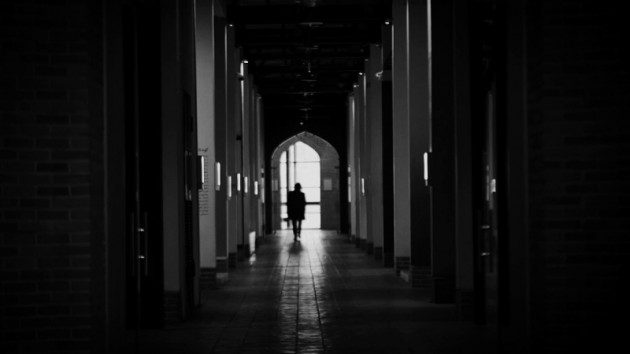
In parallel, the film constantly shows how the poet depends on voice technologies to establish links with others and himself. In the central sequence of the film, the poet is in a recording studio reciting verses in front of a microphone. Only the microphone guarantees the leap from the everyday of B/W into the elsewhere of the color sequence that follows: revealing the source of the voice over, the film shows how technological mediations make the elsewhere possible. Most of the poet’s conversations take place via mobile phone. Spectators only hear the voice of others via the poet’s responses, hence presenting these technological mediations as echo chambers of the poet’s own interiority. All communicated information is turned into evidence for the impossible urge of the I. The news of the unexpected death of Iranian mathematician and Field medalist Maryam Mirzakhani becomes a refraction of existential finitude. The use of technology as disembodied poetic medium finds its ultimate realization in a phone call the poet receives in the already mentioned opening sequence at dawn. The interlocutor speaking through the voice of the poet is someone with whom the poet had a meaningful relationship, now interrupted. The caller would like to talk, but the poet says he already said everything there was to say, he is afraid talking further will hurt him, he has a busy day –the “I” won’t let go, impeding communication. Throughout the film, the poet receives several other calls from this caller and finally, in the last scene, the unresolved binary between the urge of I and technology finds resolution when the shadow of the caller materializes, and the experience of poetry begins.
4. Poetry as pedagogy of depersonalized desire
For poetry to be effective, an audience through which the poet can recognize himself in their desire is also needed. In past and present Iran, pedagogical settings have often provided such audiences. Two pedagogical scenes in the film address skill and inspiration, the two elements of the dispositif. In one, the poet teaches a class on how to translate a poem on candles and lovers from Goethe’s West-Eastern Divan (a collection modeled on Persian classical poetic tropes) cultivating the students’ sensibility to poetic skill via philology. In another scene, conversing with an adoring student behind a café window, the poet explains how one of Rilke’s poem’s full potential has been only realized in his Persian rendition, “as if the soul of poetry blossomed in a different form and found a new life […] I personally have nothing to do with it, the idea of this translation was in the German poem from the beginning, and it only took a passerby to translate it into Persian. I happen to be that person, but it could have been anyone.” Here a neo-platonic idea of manifestation, probably inflected through Benjamin’s theory of translation, provides the needed resolution to poetry’s bifurcation of urge and technology: for the dispositif to be effective and trigger desire, the “I” needs to be depersonalized.
In a third conversation with a student driving him home, the poet goes further in depersonalizing desire. To exemplify the mathematical talent of Fields medalists such as the departed Maryam, the poet narrates a story he heard when studying mathematics: having worked for two years on a difficult geometrical problem, a math professor mentioned it to a Field medalist who instantaneously gave him a solution. While celebrating genius, the story positions mathematics as a higher form of intuitive knowledge that, unlike Rilke’s poetry, does not rest on individualized urge but is nurtured by depersonalized formal solutions: mathematics is just a form of poetry, a form which replaces self-interrogation with a diagrammatic understanding of patterns. After all Omar Khayyam was a mathematician.
5. Poetry as profanation
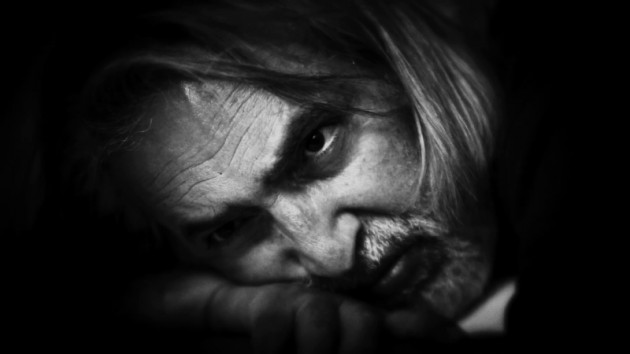
Every Angel is Terrifying predicates the experience of poetry on a plane of deterritorialization where the temporary convergence of the elsewhere and the everyday becomes possible, provided that the combination of inspiration and form works towards a pedagogy of depersonalized desire. These are the necessary contemporary conditions to experience poetry in Iran and perhaps in other places. However, they become transformational only when the shadow figure makes an appearance at the end of the film. All of a sudden, any sacred notion of poetry as the domain of a superior, elegiac sensibility, which both Rilke and the poet cultivate throughout the film, is disabled and the experience of poetry becomes an act of profanation, as Agamben understands it. The line of partition between abstract and concrete is dissolved. Is it an angel, a ghost of Maryam, a projection of the poet, or instead someone the poet has not seen for awhile who has cut their hair in the meantime? As the candles (lovers?) burn in front of the window, a famous 1960s Iranian pop song plays in the background: “I do not know why all of a sudden you cut your hair, ay ay ay.” Underlined by the sounds and lights of the fireworks outside, the melody disarms any metaphysical pretense and opens the way to a pleasurable experience.
This essay first appeared in French translation in the magazine Spirale, 272 Été 2020 pp.51-55.



